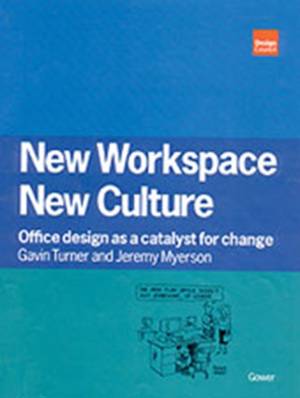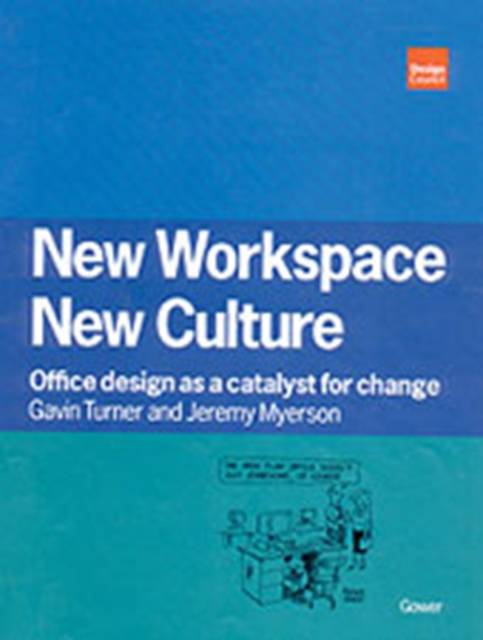
- Retrait gratuit dans votre magasin Club
- 7.000.000 titres dans notre catalogue
- Payer en toute sécurité
- Toujours un magasin près de chez vous
- Retrait gratuit dans votre magasin Club
- 7.000.0000 titres dans notre catalogue
- Payer en toute sécurité
- Toujours un magasin près de chez vous
New Workspace, New Culture
Office Design as a Catalyst for Change
Gavin Turner, Jeremy Myerson
Livre relié | Anglais
182,45 €
+ 364 points
Description
The physical structure and appearance of the workplace determine how we function, how we communicate and collaborate, our motivation levels and company performance, but we often fail to recognize the vital connection between organizational culture and the work environment. Based on the authors' first-hand experience of major change programmes, on studies of offices around the world, and on design management research at De Montfort University, Leicester, this book explains the underlying principles of office design and its effects on cultural change and performance. Part 1 analyses the context and environment of working life, the drivers of change and the barriers - organizational, psychological and structural - to better working practices. Part 2 explores how traditional structures can be rethought and adapted through the reorganization of the workplace and the removal of physical barriers to change. It identifies four typical and disturbingly familiar work environments - Monolith, Makeshift, Modernizer and Mould-Breaker - to help companies understand their current problems and how to solve them. Part 3 introduces six proven workplace layouts: Town Square, Village Neighbourhood, City in Miniature, Space-time Machine, The Campaign Room and the Club; and explains their relative benefits for companies' different needs. These are brought to life with international case studies from the public and private sector which describe how leading organizations have benefited from improved working environments. New Workspace, New Culture is illustrated by the Financial Times cartoonist, Roger Beale. It also includes line drawings of office layouts, and photographs of some of the most productive working environments in the world. This book will help senior management and human resource specialists develop the way people work by changing the working environment. Also, designers, architects, and facility and property managers will find it a perceptive and logical guide to wha
Spécifications
Parties prenantes
- Auteur(s) :
- Editeur:
Contenu
- Nombre de pages :
- 144
- Langue:
- Anglais
Caractéristiques
- EAN:
- 9780566080289
- Date de parution :
- 11-06-98
- Format:
- Livre relié
- Format numérique:
- Genaaid
- Dimensions :
- 189 mm x 246 mm
- Poids :
- 475 g

Les avis
Nous publions uniquement les avis qui respectent les conditions requises. Consultez nos conditions pour les avis.






